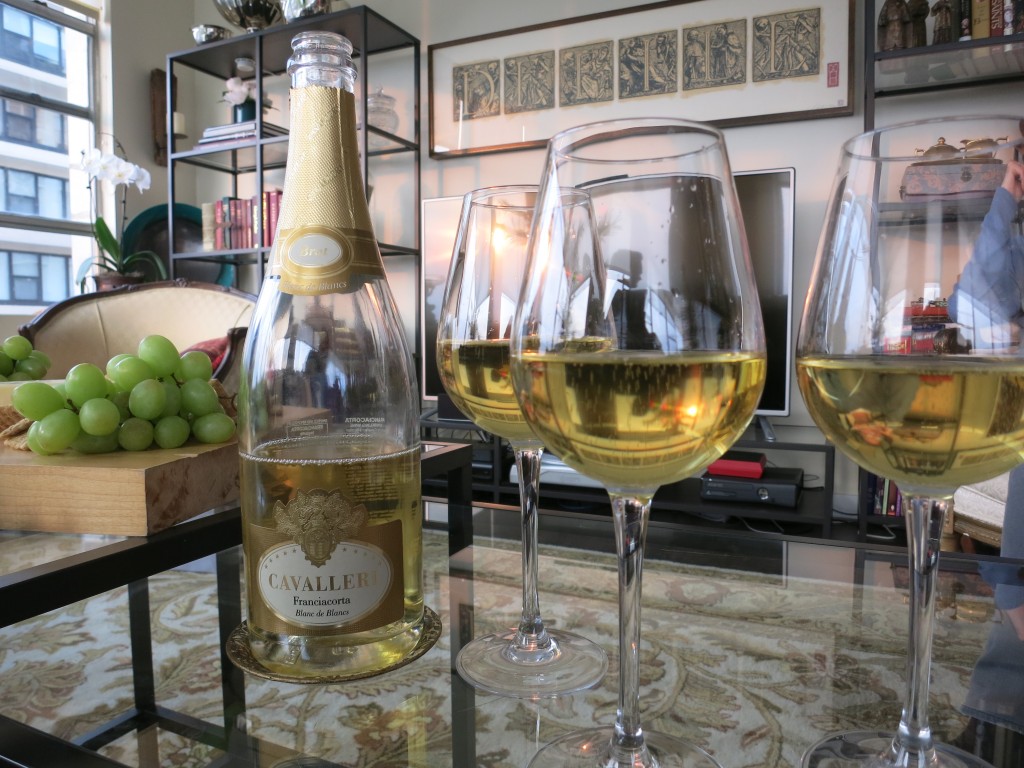A Sparkling Wine Guide For New Year’s Eve
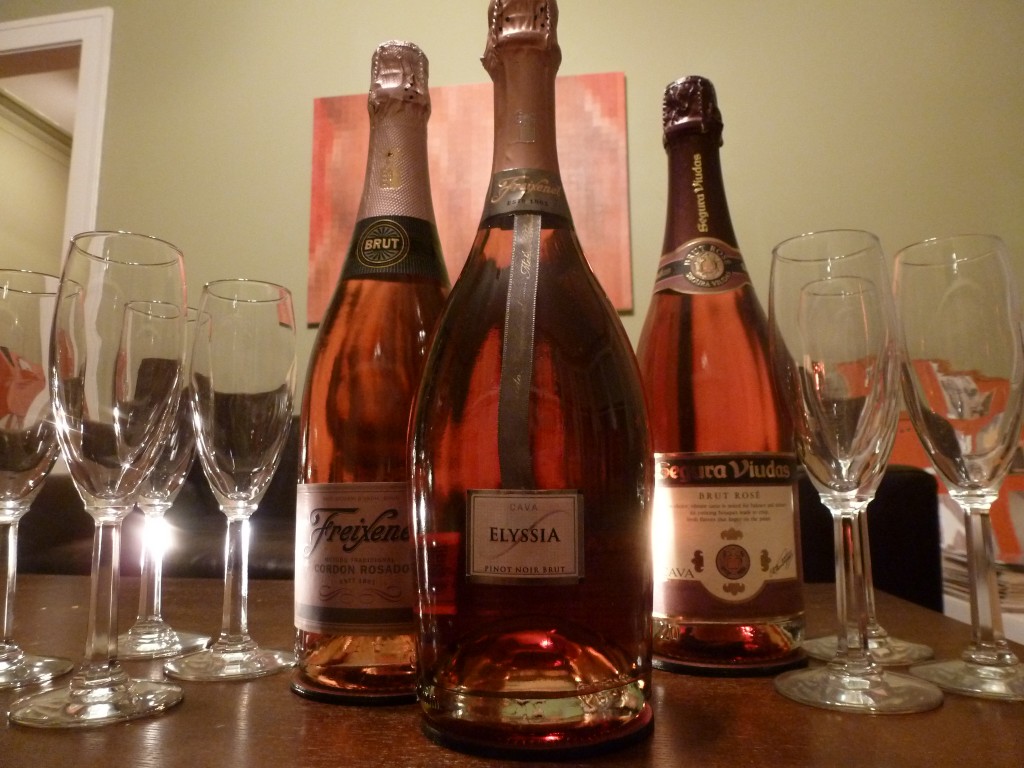 I love sparkling wine at any time of year, and, really, at any time of day. But certain moments practically demand the pop of a cork: weddings, anniversaries, births, occasionally a divorce or funeral… And, of course, New Year’s Eve. The festive nature of sparkling wine works particularly well at that moment, regardless of whether things are going well for you or not. You can toast to the exciting prospect of the new year to come, or drink a relieved good riddance to the 12 months past. Either way, the change of the year is something to celebrate.
I love sparkling wine at any time of year, and, really, at any time of day. But certain moments practically demand the pop of a cork: weddings, anniversaries, births, occasionally a divorce or funeral… And, of course, New Year’s Eve. The festive nature of sparkling wine works particularly well at that moment, regardless of whether things are going well for you or not. You can toast to the exciting prospect of the new year to come, or drink a relieved good riddance to the 12 months past. Either way, the change of the year is something to celebrate.
I’m excited about the year to come because of my new web series, Name That Wine. My friend Liz Barrett — who is one of the most fun people with whom to taste wine that I’ve ever met — and I have filmed a few more episodes, and we are having a blast doing it. In the most recent episode of this blind tasting-themed show, we attempt to identify two bottles of bubbly and figure out which was the more expensive. We also offer a sparkling wine tips we’ve learned over the course of many years of sparkling wine… research. Check it out, and if you haven’t already, please subscribe! (It’s the red button below the video when you watch it on the YouTube website.)
I’ve also compiled a sparkling wine guide for New Year’s Eve, so that regardless of your taste or budget, you can find something fun and tasty to drink.
CHEAP
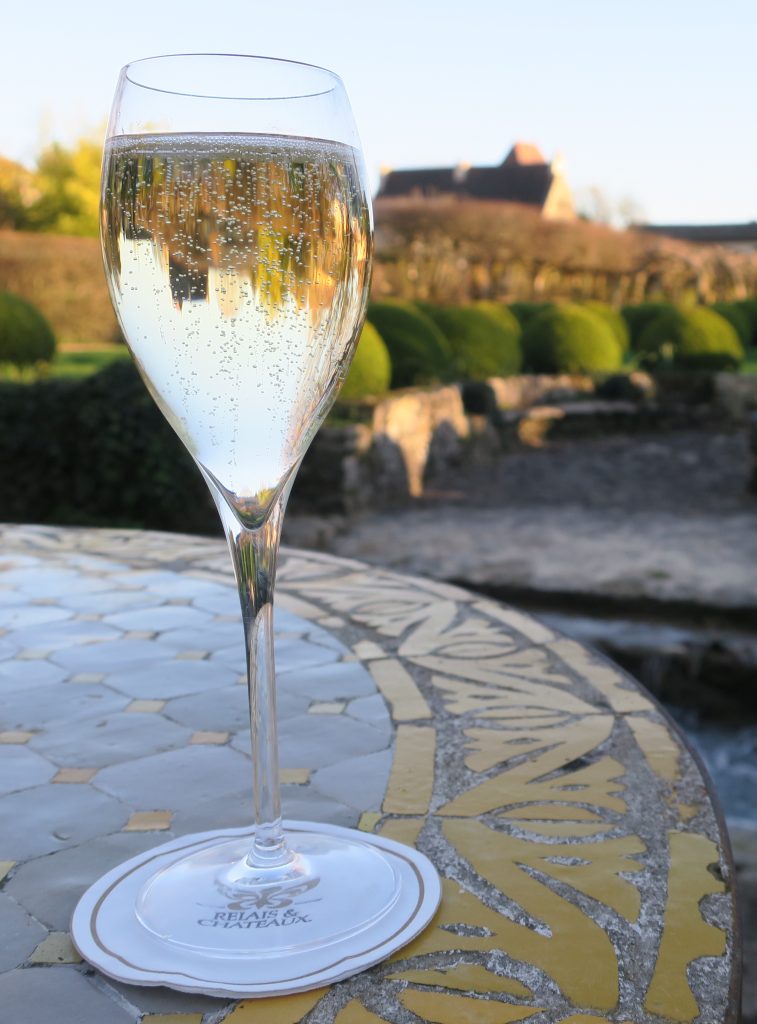 If you get a sparkling wine for less than $10 or $11 a bottle, it’s likely not going to be particularly good. The bubbles might be a bit big, or it might taste unbalanced. But you might get lucky and find something perfectly drinkable.
If you get a sparkling wine for less than $10 or $11 a bottle, it’s likely not going to be particularly good. The bubbles might be a bit big, or it might taste unbalanced. But you might get lucky and find something perfectly drinkable.
To increase your chances of getting lucky, I recommend avoiding Spanish Cava, the cheap versions of which I find barely drinkable, and opt for Prosecco instead, or perhaps something French.
Regardless of what bubbly you buy, if it costs less than $10 or $11, serve it as cold as possible. That will mask the aroma, which may or may not be a good thing, and it will help even out the flavor.
Alternatively, you can hide flaws in the wine by turning it into a cocktail. As Liz recommended in the video above, you can add a couple of drops of Campari if the wine is too sweet for your taste. Alternatively, I like to add a splash of Crème de Cassis (blackcurrant liqueur), which turns the sparkler into a classy Kir Royale cocktail. A splash of elderflower liqueur like St-Germain also works wonders, as does a very small dose of Crème de Violette (violet liqueur). The latter three options work best in dry sparkling wine.
INEXPENSIVE
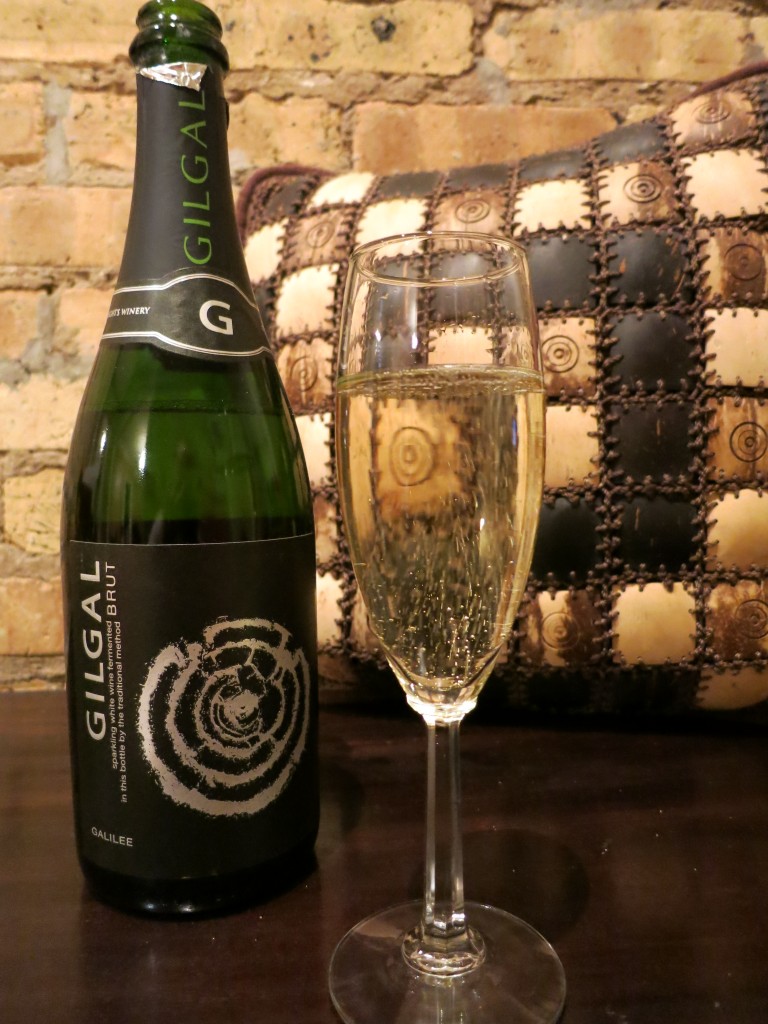
If you can find it, Gilgal Brut from Israel is a great value at about $15
If you can swing between $12 and $16 a bottle, it’s almost surely unnecessary to adulterate the wine, and you can successfully serve it closer to the temperature of a refrigerator.
My favorites in this price range include:
Blanquette de Limoux claims to be France’s oldest sparkling wine, and it rarely costs more than $12 or $13 (you might even find it for less). It comes in both Brut (dry) and Demi Sec (fairly sweet) versions, so be sure to check the label.
Gruet comes from New Mexico, and perhaps that unhallowed terroir explains the low price tag. I spotted some today in Whole Foods on sale for $13 a bottle, though $15 or $16 is more common. Nevertheless, the wine has very small bubbles and fine balance, both in its Brut and Rosé versions. A superlative value for the money.
Cava starts to taste very good towards the top end of this price range.
MID-RANGE
A wine costing between $16 and $25 is ideal to bring to someone else’s party, because it shows that you appreciate their hosting efforts without going overboard. You can also have a little more fun in this category.
Crémant, a sparkling wine from France that’s not Champagne, can be an excellent choice in this price range. Crémant d’Alsace can sometimes be a little austere for my taste, but Crémant de Bourgogne tends to be more juicy and acidic. Crémant de Loire and Crémant de Jura both tend to be safe and delicious bets. Wines from the Jura region (bordering Burgundy) are quite fashionable now, so if you’re attending a wine geek’s party, a Crémant de Jura is sure to please.
Riesling Sekt from Germany also tends to sit in this price range, and it can be a delight. Don’t be seduced by a (cheap) bottle simply labeled “Sekt,” however. If it doesn’t say “Riesling Sekt,” it could be made from some random crappy grapes from God only knows where, as opposed to Riesling from Germany. These sparklers are drier than you might expect, and they’re a fun surprise for guests. You can read more about Riesling Sekt in this post.
Prosecco in this price range also starts getting quite interesting, because you start having access to the region’s best grapes. Look for the words “Valdobbiadene” or “Conegliano” on the bottle, indicating that the grapes come from one of those favored locations. The letters DOCG, as opposed to just DOC, are also encouraging.
EXPENSIVE
Once you get above $25, sparkling wine becomes a real life-affirming joy to drink, with (hopefully) more complex flavors and sharper focus.
Champagne, of course, is always a delight. Well, almost always. Certain ubiquitous Champagnes, notably Veuve Cliquot, have expanded to such a degree that it’s simply not possible for them to include high-quality grapes in every bottle. Yellow Label Veuve, the brand’s entry-level Champagne, is the Santa Margherita of Champagne. It’s no longer worth the money. Seek out a lesser-known brand that spends its money on winemaking instead of marketing. I’m especially fond of trying Grower Champagnes, indicated by the tiny letters RM on the label, as opposed to NM. (Not that there’s anything inherently wrong with NM Champagne.)
Franciacorta, which I describe in more detail in this post, is also an excellent choice if you’re willing to spend a little more. This sparkler from northern Italy has great elegance and is as satisfying as Champagne. Again, it’s an ideal choice if you want to splurge on a wine geek.
California also has some remarkably fine sparkling wines these days. In the video above, Liz recommends Schramsberg in particular, and far be it from me to disagree. Chandon, which tends to be less expensive, is a very good value.
ESOTERIC
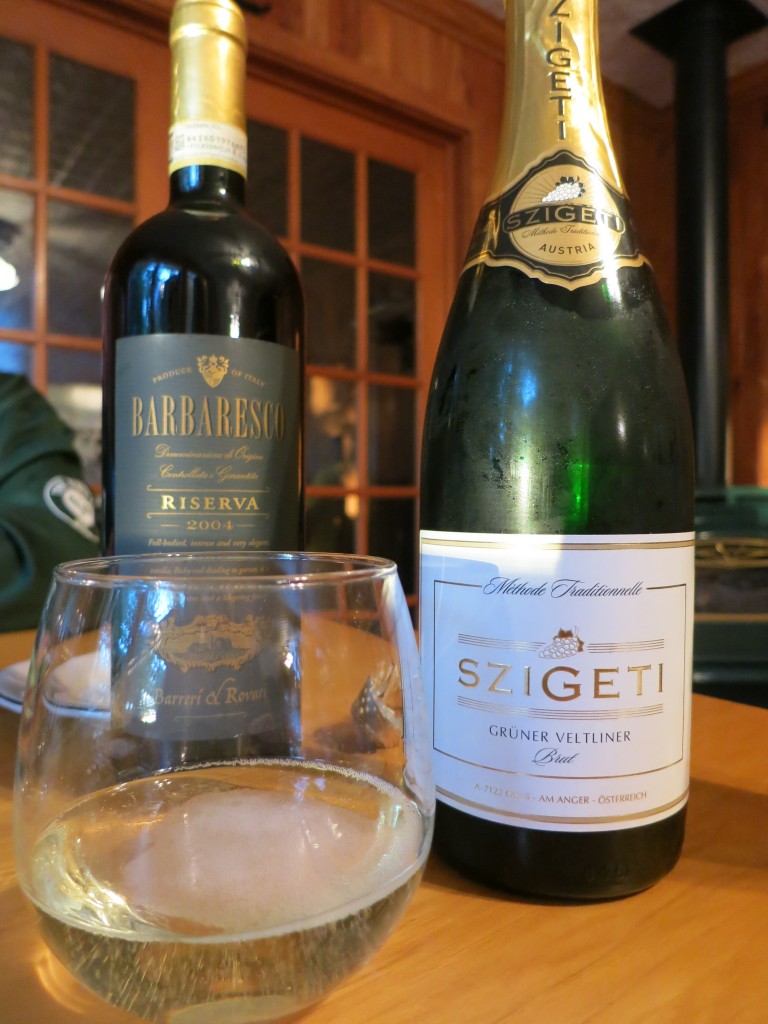 As Odd Bacchus, I love throwing the occasional vinous curve ball. If you want to surprise and delight your guests with something a little off the wall, consider one of the following:
As Odd Bacchus, I love throwing the occasional vinous curve ball. If you want to surprise and delight your guests with something a little off the wall, consider one of the following:
Sparkling Shiraz from Australia has something of a bad reputation, but I quite like it. It’s great fun to have flutes of bubbly purple stuff for a change, and it’s usually mid-range in price. You can read more about Sparkling Shiraz in this post.
Sparkling Furmint from Hungary is harder to find, but if you see one, it’s worth snapping up. Furmint ranks among the world’s great white wine grapes, and though it’s most famous as the main component of Tokaji, Hungary’s answer to Sauternes, Furmint makes superb dry wines (including sparkling wines) as well.
Cap Classique from South Africa can be quite good nowadays, and the better brands make thoroughly delicious wines, often in the inexpensive category. Graham Beck is reliable and not too difficult to find.
Sparkling Grüner Veltliner from Austria is a little pricier, usually within the mid-range bracket. Szigeti makes a particularly delightful Brut. I love its tiny bubbles combined with Grüner’s acidity and freshness.
And, if you happen to find yourself in Burgundy, don’t miss the chance to try some Sparkling Gevrey-Chambertin.
Most important is that you have a splendid time with those that you love, and you don’t need a super-expensive bottle of wine to do that. Though, of course, it doesn’t hurt, especially if you plan on bringing that bottle to my house.
Happy New Year, everyone! I hope you have a 2018 worth many a toast!

